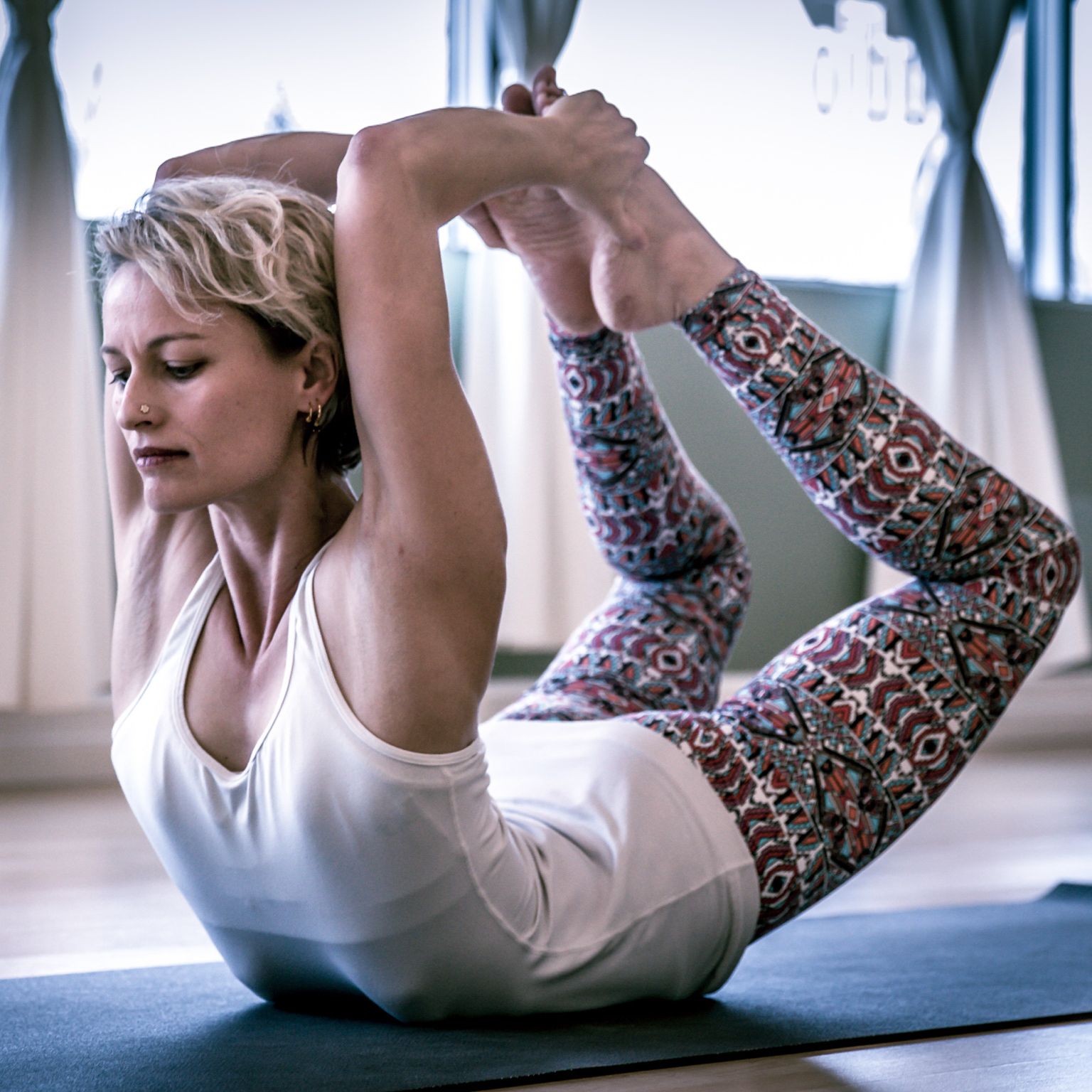During challenging times, I go back to the basics. Over the past month, the turmoil in our country during a pandemic has asked me to sit with difficult emotions, reflect on old habits, learn new concepts, and find steadiness of heart. I have been revisiting The Heart of Yoga by T.K.V. Desikachar, and I want to share a few pieces I find particularly useful, as to how yoga can be understood and embodied right now.
In the first chapter dedicated to the meaning of yoga, Desikachar points out,
“Many different interpretations of the word yoga have been handed down over the centuries. One of these is ‘to come together,’ ‘to unite.’ Another meaning of the word yoga is ‘to tie the strands of the mind together.’ These two definitions may at first glance seem very different, but really they are speaking about the same thing. While ‘coming together’ gives us a physical interpretation of the word yoga, an example of tying the strands of the mind together is the direction of our thoughts toward the yoga session before we take on an actual practice. Once those mental strands come together to form an intention, we are ready to begin the physical work.”
T.K.V. Desikachar, The Heart of Yoga
A further meaning of the word yoga is “to attain what was previously unattainable.” The starting point for this thought is that there is something that we are unable to do today; when we find the means for bringing that desire into action, that step is yoga. In fact, every change is yoga.
Let’s think of a few examples:
- When we find a way to bring the arms behind us and interlock the fingers
- When we learn the concept of a new word by reading a text
- When we gain more understanding about ourselves or others through a conversation, we have reached a point where we have never been before.
Each of these movements and changes is yoga.
If we isolate portions of the above paragraph, we see that the opportunity to bring unity has the connotation of developing a relationship with our breath, the movements, and the sensations in our bodies. It also allows us to pause and create honest union to come to our center and, from that place, bring awareness to our actions.
As we bring our attention to the idea of “tying the strands of the mind together,” we can think of settling the restless mind, observing our thoughts and blind spots, then practicing compassion to tend to what shows up. We can also think about how the above practices will take us toward change, moving from the place we are at in the present to consciously generating changes. This, to me, is connected to courage and vulnerability. If we allow ourselves to own our fears, we can choose courage over comfort to serve ourselves and others. Like Author Brené Brown says, “We can be brave and afraid at the exact same time.”
By utilizing the meaning of yoga, we can return again and again to our intention, to awareness, to compassion – and hold space for change.
















